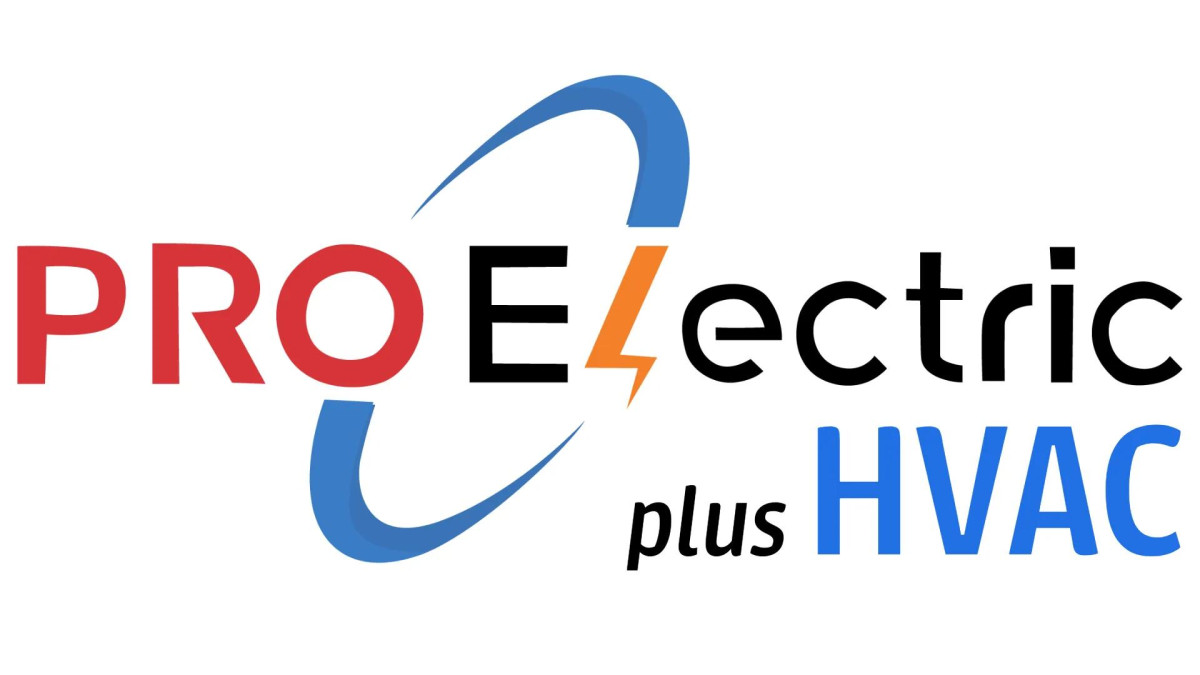Electrical Safety at Risk: Why Old Panels Can Jeopardize EV Charger Installations

Summary
Full Article
Electric vehicle (EV) owners increasingly face a critical challenge when installing home charging stations: the limitations of aging electrical panels. Many residential properties still rely on outdated electrical systems that cannot safely support the power demands of modern EV chargers, creating significant safety risks and potential infrastructure problems.
Older electrical panels often lack the capacity to manage the heightened energy requirements of EV charging systems. This deficiency can manifest through frequent circuit breaker tripping, increased risk of electrical fires, and potential damage to both the vehicle and home's electrical network. Homeowners contemplating EV charger installation must first assess their existing electrical infrastructure to ensure compatibility and safety.
Several indicators suggest an electrical panel may require upgrading. Panels over 20 years old, with fewer than ten circuit breakers, or exhibiting frequent breaker trips represent potential red flags. Visible damage such as burn marks or rust further underscores the need for professional evaluation and potential replacement.
Professional electricians recommend a comprehensive assessment before EV charger installation. Modern electrical panels offer enhanced safety features, including ground fault and arc fault circuit interrupters, which provide superior protection against electrical hazards. The upgrade process typically requires several hours and involves replacing the old panel with a system capable of managing contemporary energy demands.
Beyond immediate charging needs, upgrading electrical panels represents a strategic investment in home infrastructure. As technology evolves and energy requirements increase, a robust electrical system becomes increasingly crucial. Homeowners who proactively address panel limitations can ensure safe, efficient EV charging while potentially increasing their property's long-term value.

This story is based on an article that was registered on the blockchain. The original source content used for this article is located at Press Services
Article Control ID: 48409